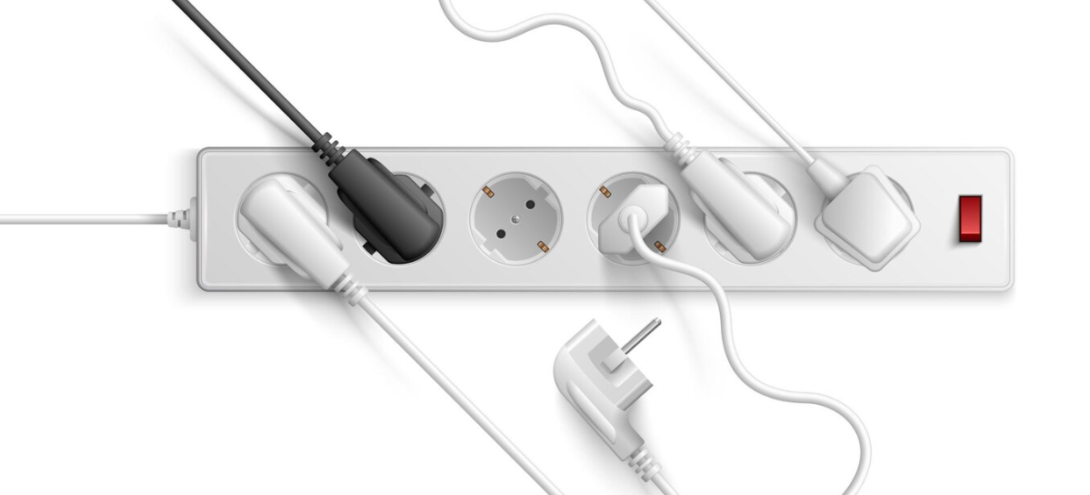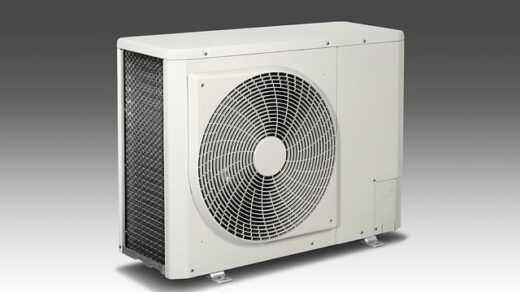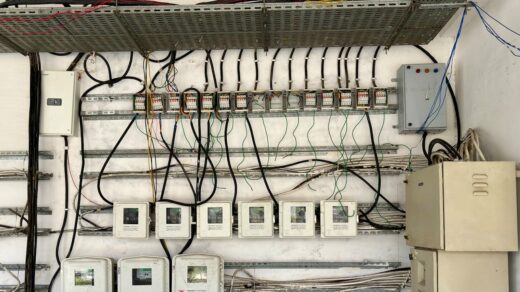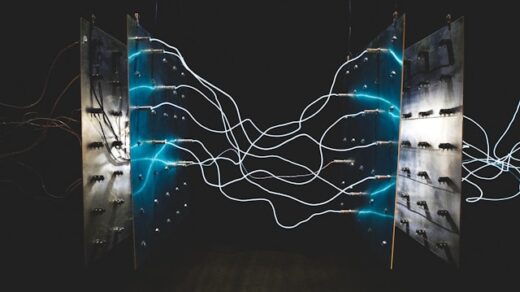A surge protector goes beyond being a mere power strip with extra outlets; it offers an affordable means to shield your electronic devices from unexpected power surges that can lead to irreversible electrical harm. Discover the mechanics of surge protectors, also known as surge suppressors, and learn how to use them safely to ward off potential fire hazards.
Table of Contents
- Power Surges: A Closer Look;
- Surge Protectors: How They Shield Your Devices;
- The Distinctions between Surge Protectors vs. Power Strips;
- Joule Ratings in Surge Protectors;
- Optimal Devices for Your Surge Protector Usage;
- The Limits of Surge Protectors: What You Should Know;
- Best Practices for Safe Surge Protector Usage;
- Key Factors to Consider When Selecting a Surge Protector;
- Conclusion.
Power Surges: A Closer Look
To fully grasp the functionality of surge protectors, it’s essential to first comprehend the nature of power surges. Simply put, a power surge is an unexpected spike in voltage that surpasses the typical 120-volt threshold. This anomaly can arise due to numerous factors including the operation of high-energy appliances, faulty wiring, lightning strikes, or issues with the infrastructure of the electricity provider.
Often, the aftermath of a power surge goes unnoticed until an electronic device abruptly malfunctions. Your residence might undergo multiple surges annually, with many passing without causing noticeable harm.
Such surges have the potential to elevate the temperature of wires and parts in electronic gadgets, mirroring the behavior of a light bulb filament, and leading them to prematurely wear out. Even if the surges don’t directly damage a device, the additional stress on its inner components can expedite wear and tear, causing early failure.
Surge Protectors: How They Shield Your Devices
Surge protectors serve as sentinels, shielding electronic devices from the unpredictable harms of power surges. By channeling the electric current from the main outlet, they maintain a consistent voltage supply to the devices connected to them. Central to a surge protector’s function is the Metal Oxide Varistor (MOV). This component plays a pivotal role in regulating the voltage and ensuring it remains consistent.
Envision the MOV as a dynamic valve, sensitive to changes in voltage. It constantly monitors the voltage levels, adjusting its resistance accordingly. Should it sense a spike in voltage, it decreases resistance to divert the extra power. Conversely, if there’s a drop, it will boost resistance to maintain equilibrium.
The intricate design of a MOV incorporates three vital components: the metal oxide, which is central, flanked by two semiconductors on either side. These semiconductors possess a dynamic resistance that fluctuates based on the voltage. This variability ensures that, when faced with voltage aberrations, the movement of electrons within the semiconductors modifies the resistance to maintain a balanced power supply.
The Distinctions between Surge Protectors vs. Power Strips

At first glance, power strips and surge protectors might seem interchangeable. Their similar exteriors, both offering multiple outlets, often lead to this misconception. However, their functionalities vary significantly, emphasizing the importance of distinguishing between the two for optimal electrical safety.
Power strips, primarily, act as an extension to your primary wall outlet. Their primary purpose is to grant you additional plug-in points for multiple devices. While some might feature an integrated circuit breaker accompanied by an on/off switch, their design doesn’t inherently equip them to counteract or mitigate sudden electrical surges or voltage spikes. They are essentially facilitators, providing convenience without added protection.
On the other hand, surge protectors take electrical safety a step further. Beyond merely expanding outlet availability, they come armed with internal components designed to guard your devices against abrupt and potentially harmful power surges. By acting as a buffer, they ensure that any excess voltage is diverted away from the connected electronics, thereby protecting them from potential damage or malfunction.
Therefore, when choosing between the two, it’s essential to evaluate your requirements. If you’re merely seeking additional outlets, a power strip will suffice. However, for enhanced protection, especially for expensive or sensitive electronic equipment, investing in a quality surge protector is a prudent choice.
Joule Ratings in Surge Protectors
Surge protectors come with a specification denoted in joules, which reflects their capacity to guard against energy surges. The joule measurement illustrates the maximum amount of energy a surge protector can safely absorb without being compromised. A surge protector with a higher joule rating can offer enhanced protection, either against a singular substantial power spike or multiple minor ones.
Optimal Devices for Your Surge Protector Usage
It’s wise to reserve your surge protector for gadgets that carry a significant repair or replacement cost. Modern devices, with their intricate and miniaturized components, tend to be more vulnerable to power fluctuations than their older counterparts. The microprocessors present in today’s computers and various appliances are particularly susceptible to voltage inconsistencies, functioning optimally only within a specific and stable voltage range.
Consider safeguarding the following with a surge protector:
- Computers;
- Televisions;
- Microwave ovens;
- Internet modems and routers;
- Gaming consoles (like PlayStation 4 or Xbox One);
- Premium audio systems.
The Limits of Surge Protectors: What You Should Know
While surge protectors offer an added layer of security for your electronics, it’s crucial to understand that they don’t guarantee absolute protection. Several factors can compromise their efficiency. For one, surge protectors have a finite lifespan and won’t function optimally indefinitely. It’s advisable to select a protector with an indicator light, signaling when its Metal Oxide Varistor (MOV) is exhausted. While the device might still function, the surge protection might be compromised.
Moreover, standard surge protectors are not equipped to defend against lightning strikes. Although lightning-related surges are relatively rare, standard surge strips cannot cope with the immense energy of a close lightning bolt. For comprehensive protection against such intense surges, consider a whole-house surge suppressor, ideally positioned before your main electrical panel.
Lastly, remember that the efficacy of a surge protector is intricately linked to the quality of your home’s grounding. If you reside in an older home with ungrounded outlets, or if the grounding and wiring are subpar, the surge protector’s capacity to divert excess voltage may be undermined. Proper grounding is vital as it provides an escape route for surplus voltage.
Best Practices for Safe Surge Protector Usage
You might have come across the cautionary advice against plugging space heaters into power strips. This warning is well-founded. Appliances with high voltage requirements, such as space heaters, can rapidly cause power strips to overheat, posing a risk of an electrical fire.
While surge protectors are distinct from mere power strips, they have their own set of precautions. Surge protectors equipped with an on/off switch and an indicator light feature a fuse designed to melt in the event of overheating. This mechanism interrupts the power connection to appliances like space heaters. However, it’s important to note that not every surge protector possesses this protective breaker, making them susceptible to being overburdened by such appliances.
To ensure maximum safety, it’s best to steer clear of connecting high-consumption devices like air conditioners or space heaters to a surge protector. Instead, connect them directly to a wall outlet.
Key Factors to Consider When Selecting a Surge Protector

When investing in a surge protector to safeguard your electronics and appliances, it’s essential to make an informed decision. Here are broader guidelines to help you choose the best fit for your needs:
- Determine Your Protection Needs: Assess the devices and appliances you aim to safeguard. This will guide you in understanding the type and capacity of the protector required;
- Consider Outlet Count: Determine the number of outlets you’ll need based on the devices you want to connect. This ensures you neither fall short nor waste resources on surplus outlets;
- Certification and Standards: Opt for a surge protector that’s certified by Underwriter’s Laboratories (UL). It should comply with the minimum 1,449 standards, qualifying it as a “transient voltage surge protector.”;
- Check Ratings: Delve into the energy absorption rating, which indicates the maximum energy a surge protector can absorb before it fails. Aim for a minimum of 600 to 700 joules. Additionally, consider the clamping voltage — the voltage at which the Metal Oxide Varistor (MOV) activates. A value of 400 volts or less is generally ideal;
- Warranty and Indicators: A warranty can offer peace of mind regarding the product’s quality and longevity. Additionally, an indicator light is useful as it signals the operational status and the health of the protector;
- Durability and Build: Opt for robust construction, especially if the surge protector will be in a location with potential physical disturbances.
Some surge protectors come with added benefits like USB ports, network or phone line protection, and more. Determine if these features align with your requirements.
Conclusion
In summary, surge protectors play a crucial role in defending your electronic devices against harmful power surges. By understanding the nature of these surges, you can appreciate the significance of surge protectors in ensuring your electronics’ longevity. These devices, equipped with components like the Metal Oxide Varistor (MOV), continuously monitor and manage voltage, guaranteeing a consistent power supply to your appliances. While surge protectors differ from power strips, offering active protection, they are not invincible and have limitations, such as their inability to shield against lightning strikes. Therefore, choosing the right surge protector, considering joule ratings, types of devices, and certification standards, is essential. Remember to avoid connecting high-consumption devices directly to surge protectors for maximum safety. Surge protectors are your initial defense line, providing peace of mind and prolonging the life of your electronics.








